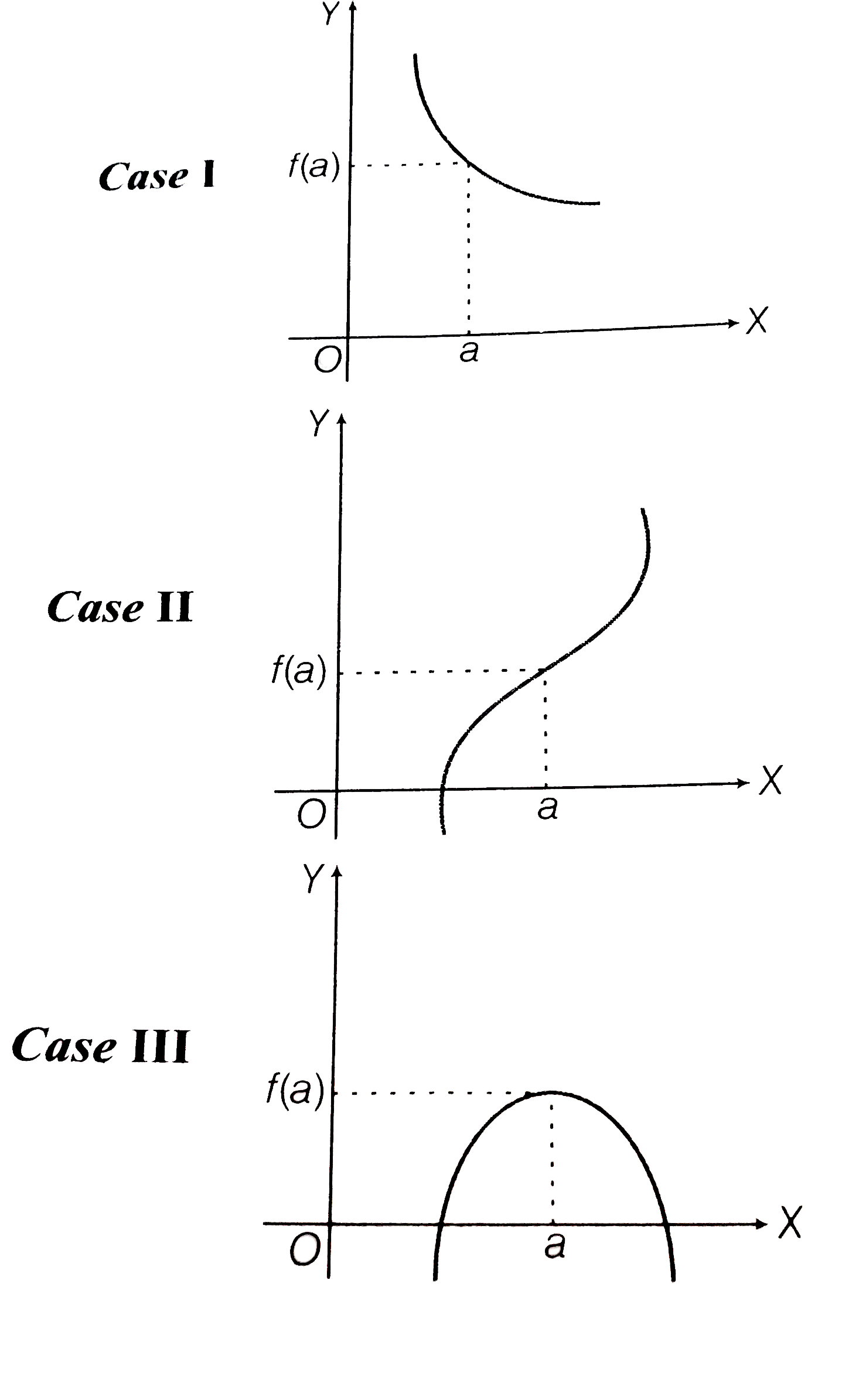Find the integral value of n for which (lim)x→0cos2x−cosx−excosx+ex−x32xn is a finite nonzero numberSolution in Punjabi
2
3
4
None of these
The correct Answer is:C
Step by step video & image solution for Find the integral value of n for which ("lim")_(xvec0)(cos^2x-cosx-e^xcosx+e^x-(x^3)/2)/(x^n) is a finite nonzero number by Maths experts to help you in doubts & scoring excellent marks in Class 12 exams.
Updated on:21/07/2023Topper's Solved these Questions
- LIMITSBook:ARIHANT MATHSChapter:LIMITSExercise:Exercise (More Than One Correct Option Type Questions)
Explore 15 Videos
- LIMITSBook:ARIHANT MATHSChapter:LIMITSExercise:Exercise (Passage Based Questions)
Explore 10 Videos
- LIMITSBook:ARIHANT MATHSChapter:LIMITSExercise:SOLVED EXAMPLES
Explore 1 Video
- INVERSE TRIGONOMETRIC FUNCTIONSBook:ARIHANT MATHSChapter:INVERSE TRIGONOMETRIC FUNCTIONSExercise:Exercise (Questions Asked In Previous 13 Years Exam)
Explore 8 Videos
- LOGARITHM AND THEIR PROPERTIESBook:ARIHANT MATHSChapter:LOGARITHM AND THEIR PROPERTIESExercise:Exercise (Questions Asked In Previous 13 Years Exam)
Explore 4 Videos
Similar Questions
If limx→∞4x(π4−tan−1(x+1x+2))=y2+4y+5 then y can be equal to
View SolutionIf limx→af(x)=1 and limx→ag(x)=∞ then limx→a{f(x)}g(x)=elimx→a(f(x)−1)g(x)
limx→0(sinxx)sinxx−sinx is equal to
View SolutionTo evaluate limx→a[f(x)], we must analyse the f(x) in right hand neighbourhood as well as in left hand neighbourhood of x=a. E.g. In case of continuous function, we may come across followign cases.


Iff(a) is an integer, the limit will exist in Case III and Case IV but not in Case I and Case II. If f(a) is not an integer, the limit exists in all the cases. ltbgt If f'(1)=−3 and limx→1[f(x)−12] does not exist, (where [.] denotes the greatest integer function), then
View SolutionIf α=3sin−1(611andβ=3cos−1(49), where the inverse trigonometric functions take only the principal values, then the correct options (s) is (are)
View SolutionIn Which quadrant Point (−2,−3) will be lie.
View SolutionThe integer n for which limx→0(cosx−1)(cosx−ex)xn is finite nonzero number is ________
View SolutionFind the integral value of n for which limx→0cos2x−cosx−excosx+ex−x32xn is a finite nonzero number
View SolutionThe integer n for which the
limx→0cos2x−cosx−excosx+ex−x32xn is a finite non-zero number is
View Solutionयदि पूर्णांक n के लिए limx→0(cosx−1)(cosx−ex)xn एक परिमित शुनयोत्तर संख्या है, तो n का मान है
View SolutionThe integer 'n' is for which Ltx→0(cosx−1)(cosx−ex)xn is a finite non zero numberis
View SolutionThe integer n for which limx→0(cosx−1)(cosx−ex)xn is finite nonzero number is ________
View SolutionThe integer n for which limx→0(cosx−1)(cosx−ex)xn is finite nonzero number is ________
View SolutionEvaluate: (lim)x→0ex^2−cosxx2
View SolutionEvaluate: (lim)x→0ex+e−x−2x2
View Solutionप्राकृत संख्या n के लिए Limx→0(27x−9x−3x+1)cosx−exx2n+1 का मान निश्चित अशून्य सांख्य है तो n का मान होगा-
View Solutionयदि Limx→01−cos(1−cosx2)n√1+xn−1=l जहाँ l परिमित तथा अशून्य संख्या है तो (n+1l) का मान ज्ञात कीजिये
View Solution